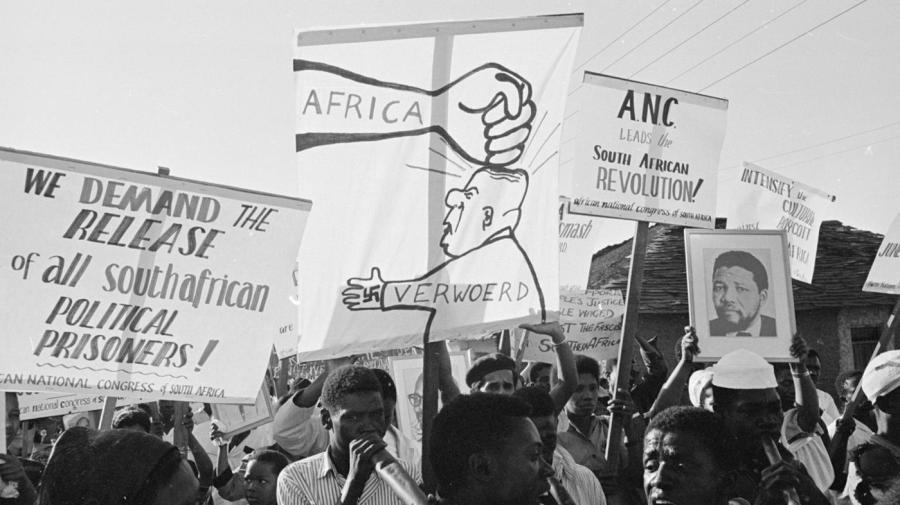How Did Apartheid Affect Black South Africans?

Between 1948 and 1994, apartheid caused segregation in South Africa, which created inequality between whites and blacks. A white government took control of the country in 1948, forcing blacks to use separate facilities.
Although segregation was present in South African society before apartheid began, apartheid officially became law in 1950, when the South African government banned marriages between black and white South Africans. The Population Registration Act of 1950 followed shortly after, and reinforced segregation by requiring all South Africans to register based on race. The legislation, which classified people as either white, colored, mixed race or Asian, divided families, as some parents could be classified as white while their children were considered mixed race or black. After the first apartheid laws were created in 1950, several land acts followed, and extended segregation into property. These land acts vested control of over 80 percent of lands in South Africa to whites, who were by number the minority group in South Africa. Public places were divided among the races too, and blacks were required to carry special passes giving them permission to access areas that were dedicated as white zones. Non-whites were given very little power to form unions, and blacks were banned from participating in national government.
Apartheid’s Beginnings
Apartheid traces its beginnings back to the Land Act of 1913, which was enacted several years after South Africa gained independence. The Land Act confined blacks to reserves and denied them the right to work as sharecroppers. Several global events, including the Great Depression and World War II, reinforced the South African government’s segregated practices. Apartheid became more widespread in 1948, when the Afrikaner National Party won the national election. Their slogan was “apartheid,” which means “separateness.” The Afrikaner National Party campaigned for the separation of whites and blacks, and it enacted policies that limited black participation in roles of power. In addition to separating blacks and whites, the Afrikaner National Party separated all non-white races from each other.
Effects of Apartheid
Following on the heels of the Afrikaner National Party’s segregation practice, Dr. Hendrik Verwoerd, who became the prime minister of South Africa in 1958, instituted even more restricted laws to enforce separation of blacks and whites. One of his policies was called “Separate Development,” which placed blacks into areas designated as Bantu homelands. These homelands were declared self-ruling entities, and their designation as such allowed the white government to deny the presence of a black majority. Blacks were forced to move from their homes into the homelands. Their properties were then sold at prices below market value to whites. Subsequent land policies made the situation worse for black South Africans. Between 1961 and 1994, the white government forced over 3.5 million black South Africans to move out of their homes. The displaced citizens were forcibly relocated to Bantu homelands.
Although apartheid officially ended in 1994, its effects still linger. The nation no longer has apartheid policies in place, but inequality still exists between whites and other minority groups. Black households, for example, have an average annual income that is roughly six times lower than the income of white households. One document that the government recently enacted to reduce inequality is the National Development Plan, which aims to eradicate poverty and eliminate inequality by 2030.





